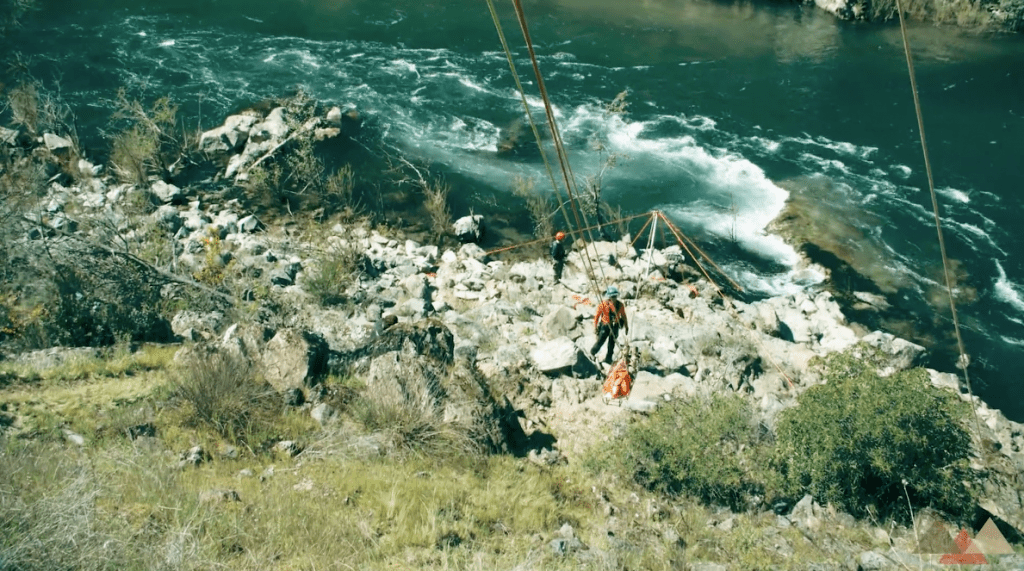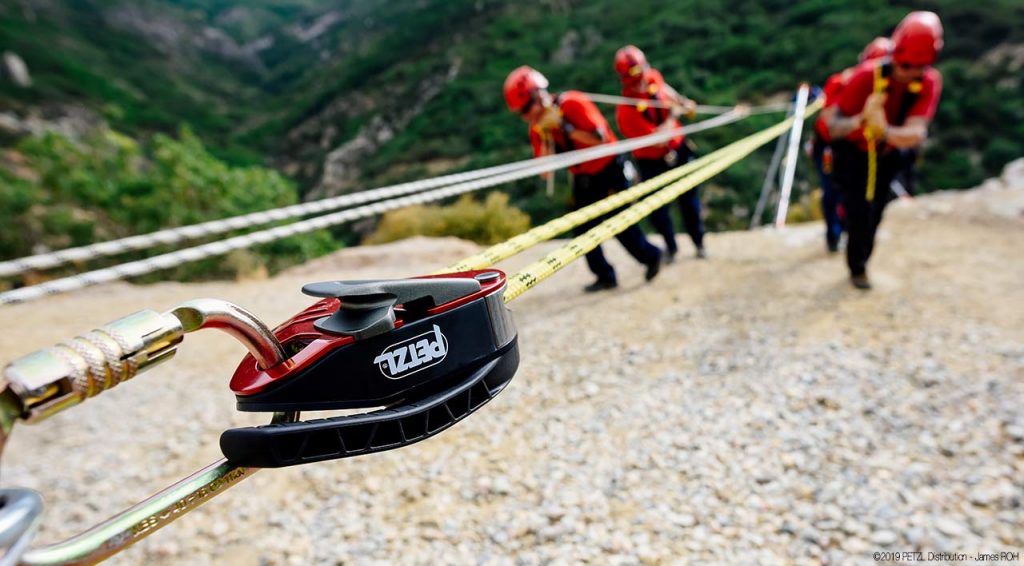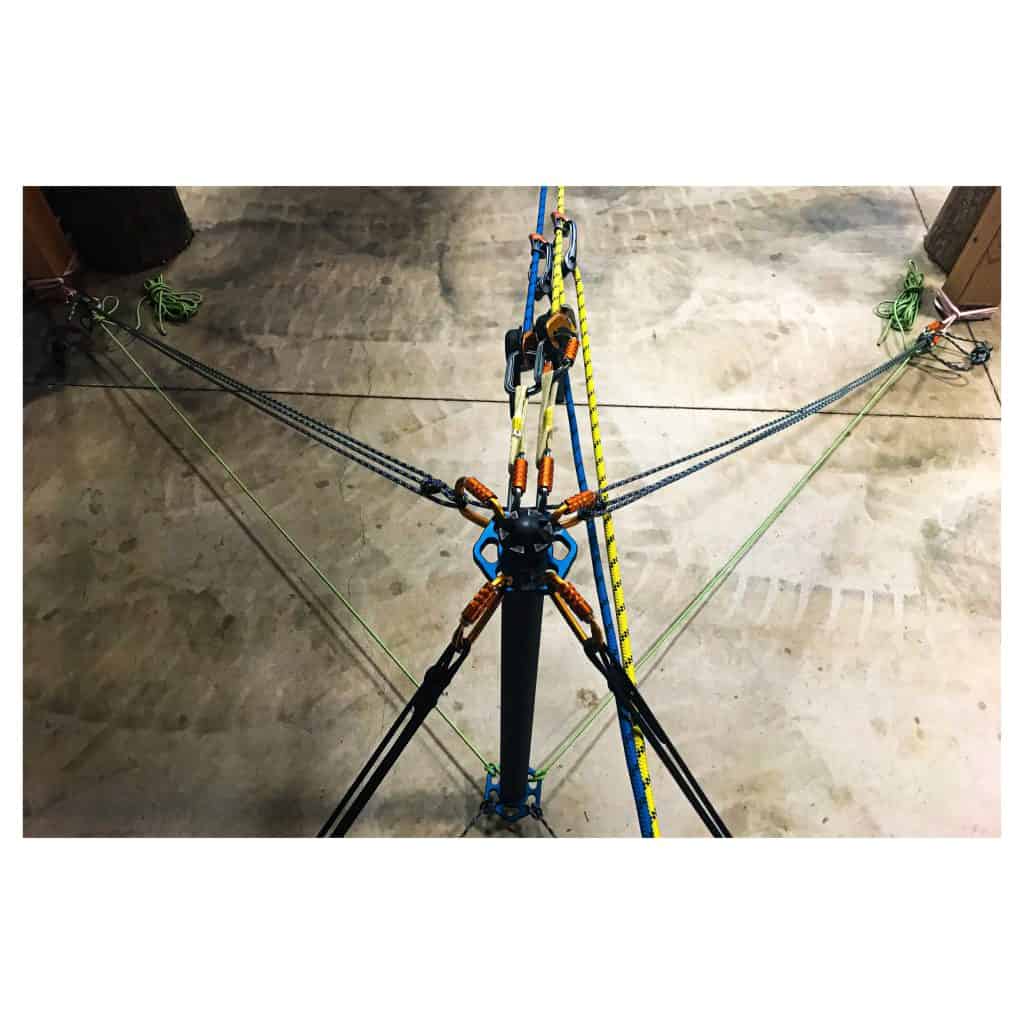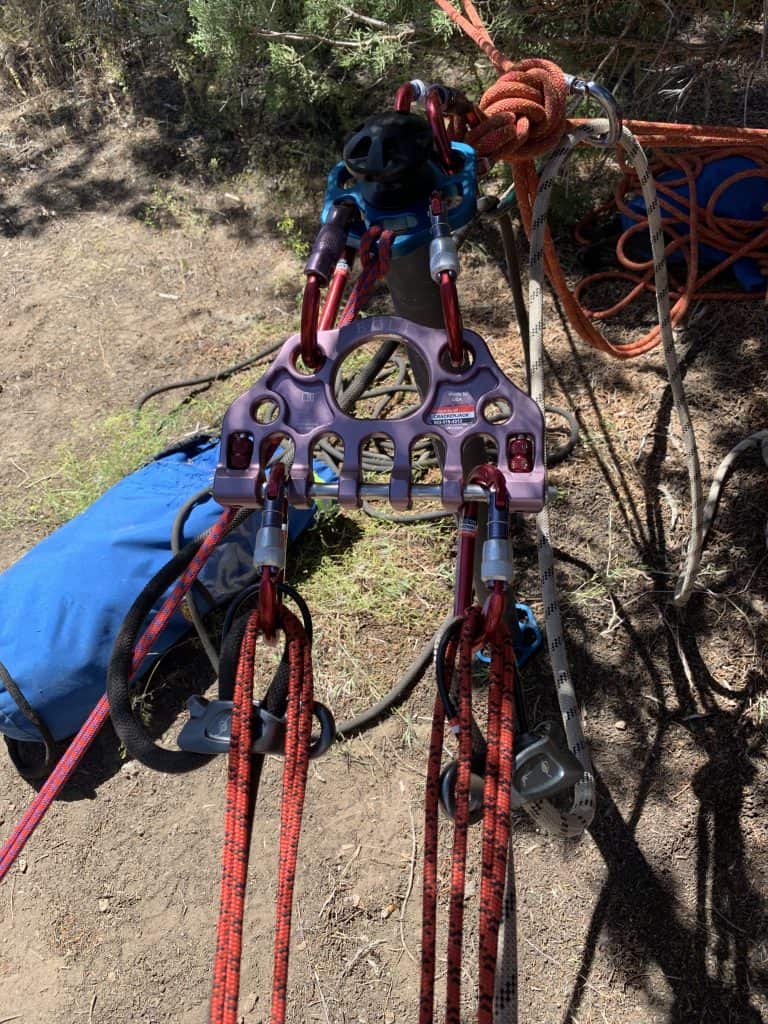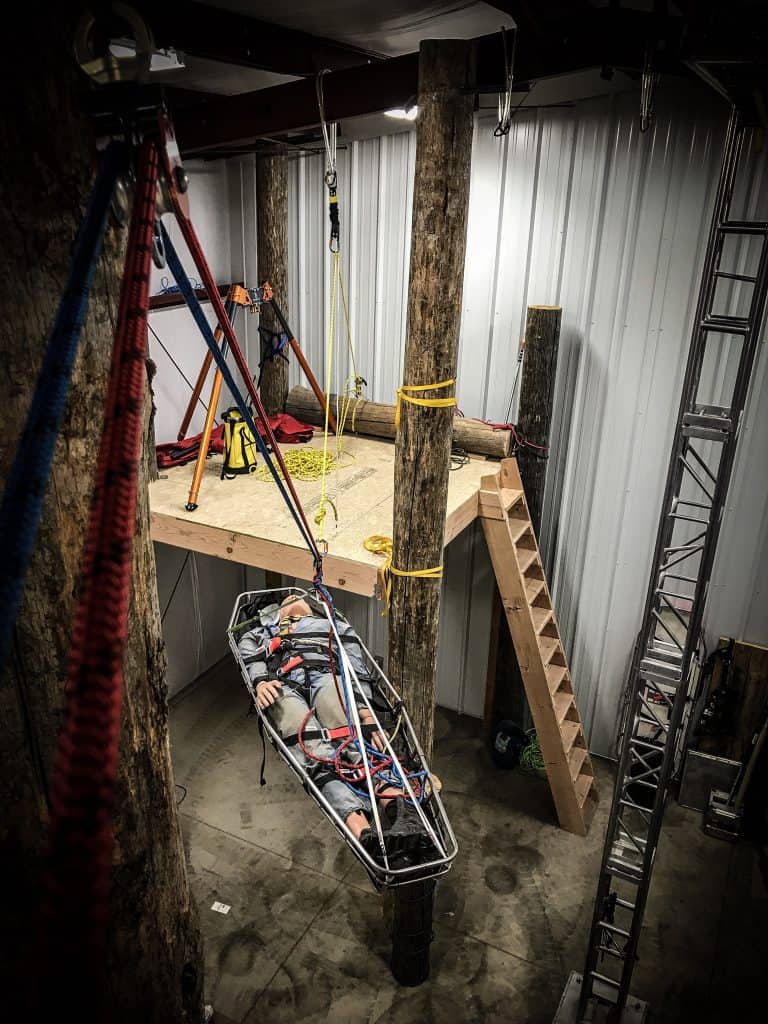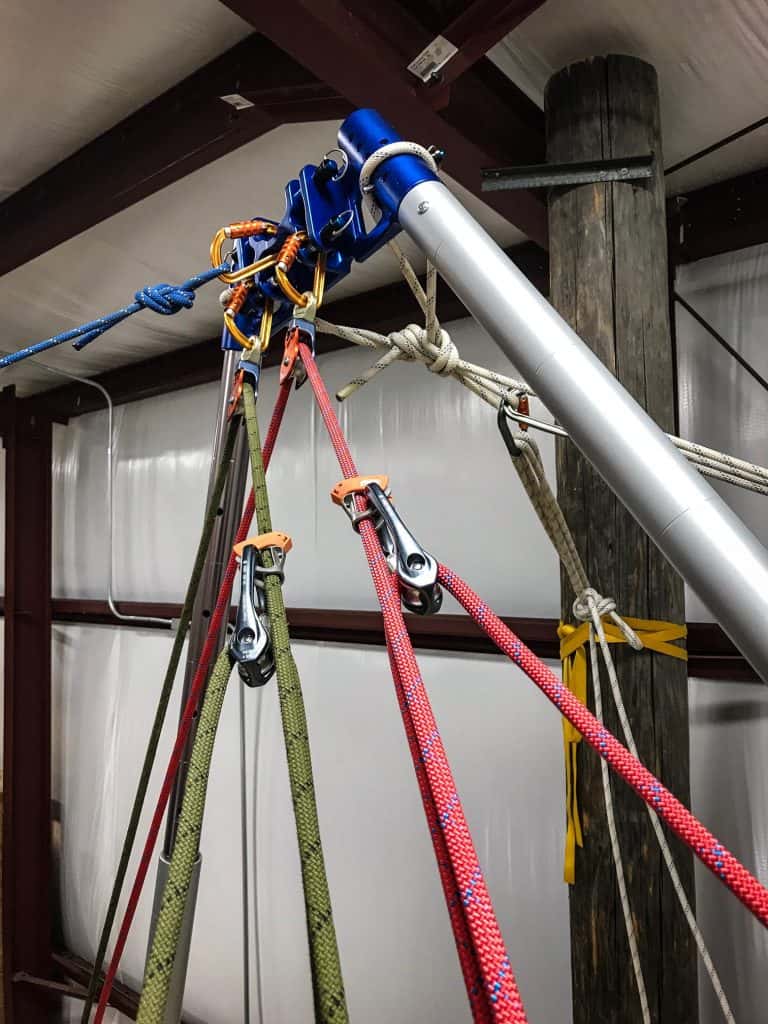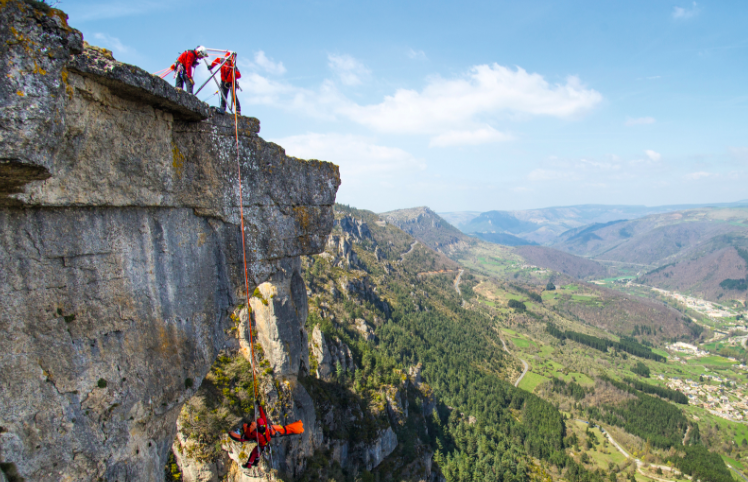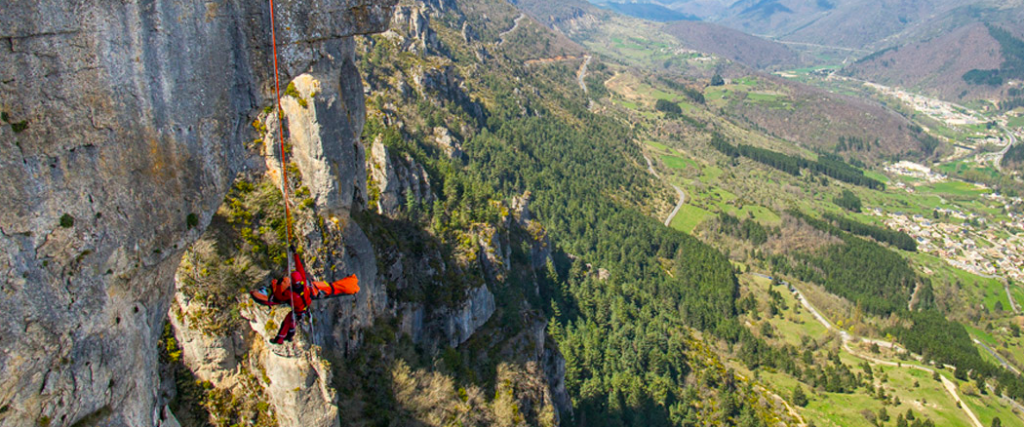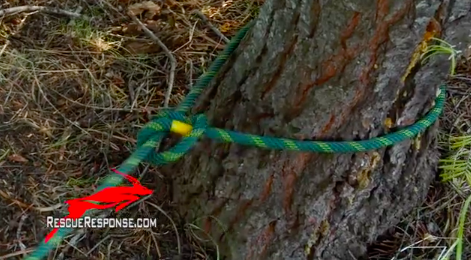Floating the Litter Using an A-Frame and Gin Pole Trackline
Steep angle litter work can be about as difficult as any high angle rescue. The main reason is that the litter attendants will have to pick and choose the terrain while still maintaining patient contact and visual. This isn’t always doable and often teams are working with minimal personnel so choosing a system that works […]
Floating the Litter Using an A-Frame and Gin Pole Trackline Read More »

